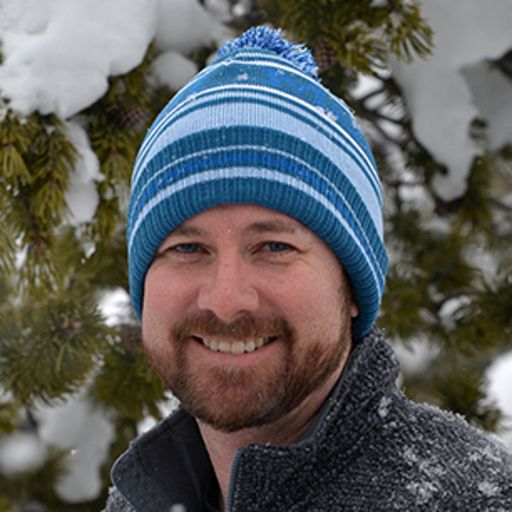What Does the Return of El Niño Mean for Colorado?

The ENSO pattern changes areas of heavy snowfall for the mountains, but little else
You may have seen headlines to the effect of "El Niño will return in 2014." For the most part, those headlines are correct. The Australians started the El Niño talk a few weeks ago when their modeling indicated a weak El Niño to develop by this summer. That talk has been furthered with many more weather agencies now modeling the same result.
It's surprising to see how this discussion has grabbed the headlines recently. Two years ago we saw a similar situation with a weak El Niño, but with far less fanfare. Perhaps the recent extreme weather makes it easier for any old weather topic to trend. That said, I'm not any more excited about a weak El Niño bringing Colorado anything new than I am to watch Bob Costas suffer through pink eye to read a prompter.
Related (2015): A Closer look at What El Niño Means for Rain and Snow in Colorado
The fact is, where we live, an El Niño or La Niña pattern doesn't change our temperatures or moisture outlook. It may shift where heavier precipitation will fall, but it doesn't do much for the state as a whole. There are seasonal changes for some regions that can be of benefit/detriment, but the scale of a year and only looking at the state yields little excitement.
In general terms, the ENSO (El Niño Southern Oscillation) is yet another ocean-atmosphere connection that affects the storm track and speed over Colorado. During La Niña (as in this winter) heavier snows hit the northwestern mountains and more frequent cold snaps occur for the plains with periods of strong wind. However, in El Niño the heavier snowfall shifts to the southwestern mountains and the temperatures remain a bit warmer. The NWS in Boulder has these two great graphics showing the differences.

However, as I pointed out earlier, the state as a whole doesn't favor one pattern over the other. In Data since the late 1800s for Colorado temperatures and precipitation do not favor either pattern. In fact, there is no correlation to the ENSO pattern at all. See in these two figures how ENSO has no effect on our state's temperatures and precipitation:
Notice how there isn't a correlation between ENSO and Colorado's temperatures and precipitation? I did a quick analysis for Denver and there are not any correlation there either. Just because the headlines tout a change on the way and you may want to throw an El Niño welcome party, there's little to get worked up about here in Colorado from the state's perspective. Okay, yes if you are in the southwestern mountains and wanting a good winter snowfall you want El Niño, but don't get your hopes up too soon, the El Niño indicator is a weak one and may not hold on for next winter.


When and where is it of benefit to have one or the other
So there is some benefit to having either based on snowfall areas. Again, La Niña winters favor snow over the northwestern mountains, and the southwestern mountains for El Niño winters. Here is the current snowpack/water equivalents for the state clearly showing the La Niña snowfall pattern in full effect:

However, the opposite occurs over southeastern Colorado during a La Niña event. There is far less moisture in that region, especially in the summer months, and leads to long-term drought -- as we have been tracking here.
Regional temperatures slightly warm with La Niña during the summer months too, that helps further the drought along. However winter time temperatures are relatively the same for all ENSO cycles.
A summer with El Niño can help moisture for the plains and southern mountains, if the pattern can hold on for the monsoon (early August) it is of greater benefit, but two years ago the weak El Niño didn't coincide with the monsoon to help drought conditions.
What the state needs
We are in a long lasting drought (most severe over the southeast), and what the entire state needs right now is moisture. Aside from the singular flooding event for northern Colorado back in September, we too would still be in a drought. The state's agricultural community needs a multi-decadal pattern switch that simply the ENSO pattern itself can't fix. However, a quick transition from La Niña to El Niño this spring and early summer would be nice...in that change, climatologically the southeastern plains have the best chance for above normal precipitation. However, a bigger pattern change with El Niñ0 and other factors coming together is what it will take to make major state climate changes.
There are so many more important influencing factors from other patterns, like MJO, AMO, and PDO that do have a direct correlation to our hotter/drier versus cooler/wetter patterns. You'll hear more on those patterns as they relate to drought monitoring and climate outlook from our newest contributor, Brian Bledsoe, soon.
